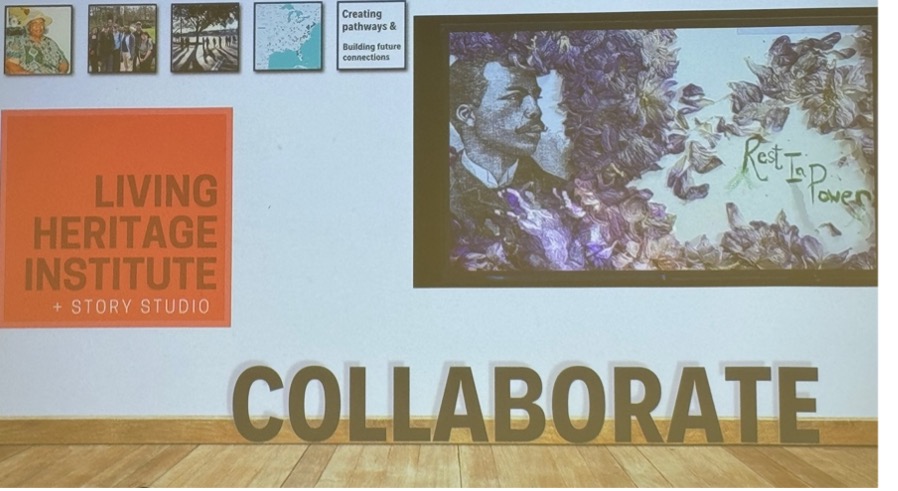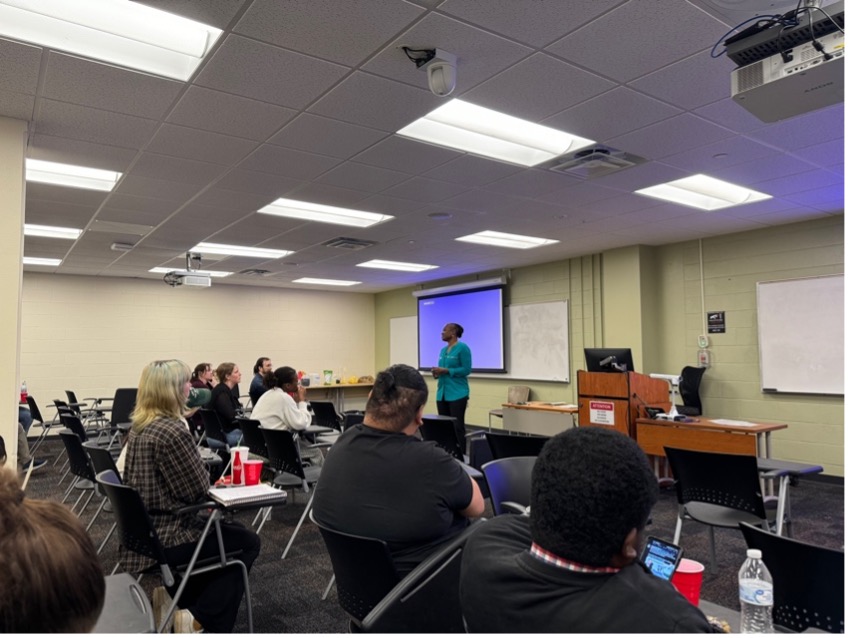By Paulina Rochelle
TAMPA – The founder of the Black Cemetery Network spoke on “filling in gaps in the public narrative” by bringing untold Black stories into the light.
Anthropology professor Dr. Antoinette Jackson created the Black Cemetery Network as part of her work at USF to uncover cemeteries that have been lost over time, particularly Black cemeteries, some of which have been built over. Tampa Bay’s Tropicana Field being one of them as at least three graves have been found under one of its VIP lots.
Jackson discussed one instance where a historical landmark, Zion Cemetery, was located underneath an apartment complex. It was the first African American burial ground in Tampa. The city recently unveiled its commemorative plaque. Many people attended the ceremony to see the new marker. People from all different backgrounds gathered together to show pride in their community and the new historic landmark.
“A stake in the ground, a tangible thing that says this was real, this happened here- shows all the people that had to work together to get something done, the changes done,” said Jackson.
Marcela Munoz, a first-year master’s student studying anthropology, who was born in Colombia and has lived in the U.S. for seven years, expressed her interest in the topic of burial grounds.
“I don’t know if I’m going to be buried here,” Munoz said.
Within these cemeteries across the United States are people who also immigrated here, whose stories have been forgotten over time.
Jackson created the BCN as well as the Living Heritage Institute as forums for people to learn about and engage with these cemeteries and untold stories.
The BCN is a platform containing collected and verified entries that detail lost or forgotten Black cemeteries nationwide. Team members receive entries then confirm their locations and information provided.
The Living Heritage Institute brings a more creative approach to sharing this information. Artists share their work through the Story Studio to promote engagement and conversation around human experiences.

James Robbins, a second-year Ph. D. student studying applied medical and linguistic anthropology shared his thoughts on the different avenues Jackson has created to share information.
“It’s so interesting to learn about all the different ways you support these projects, especially in incorporating the artistic aspects to capture the themes,” Robbins said.

